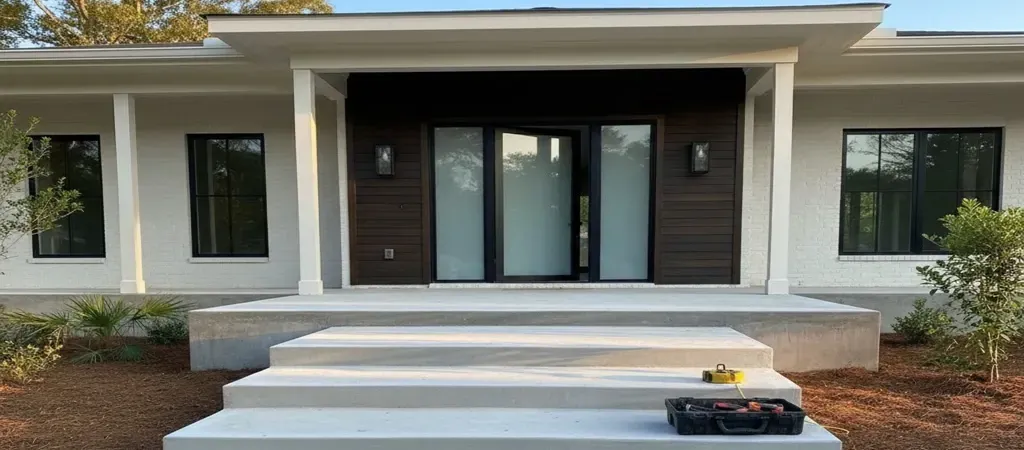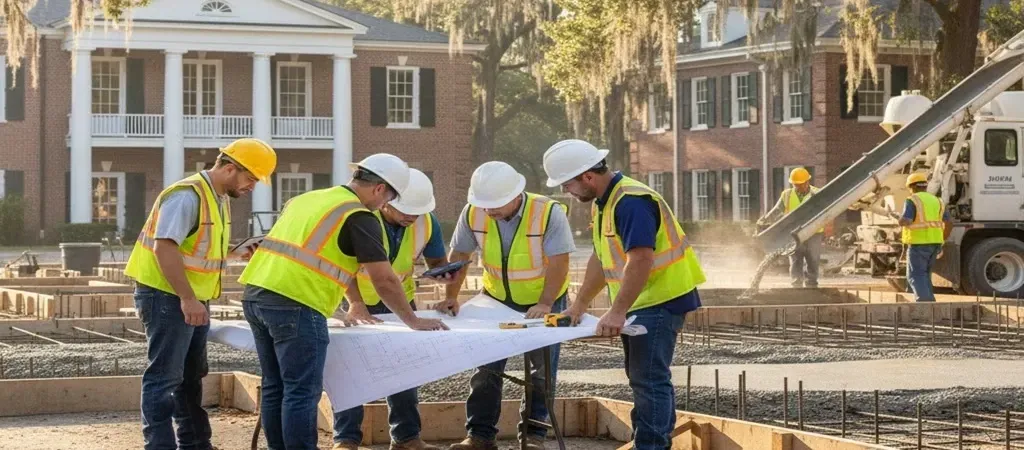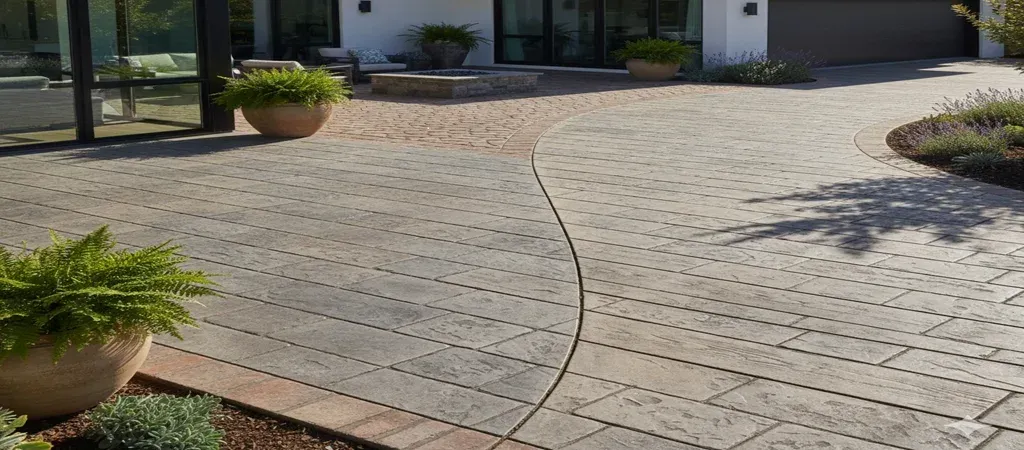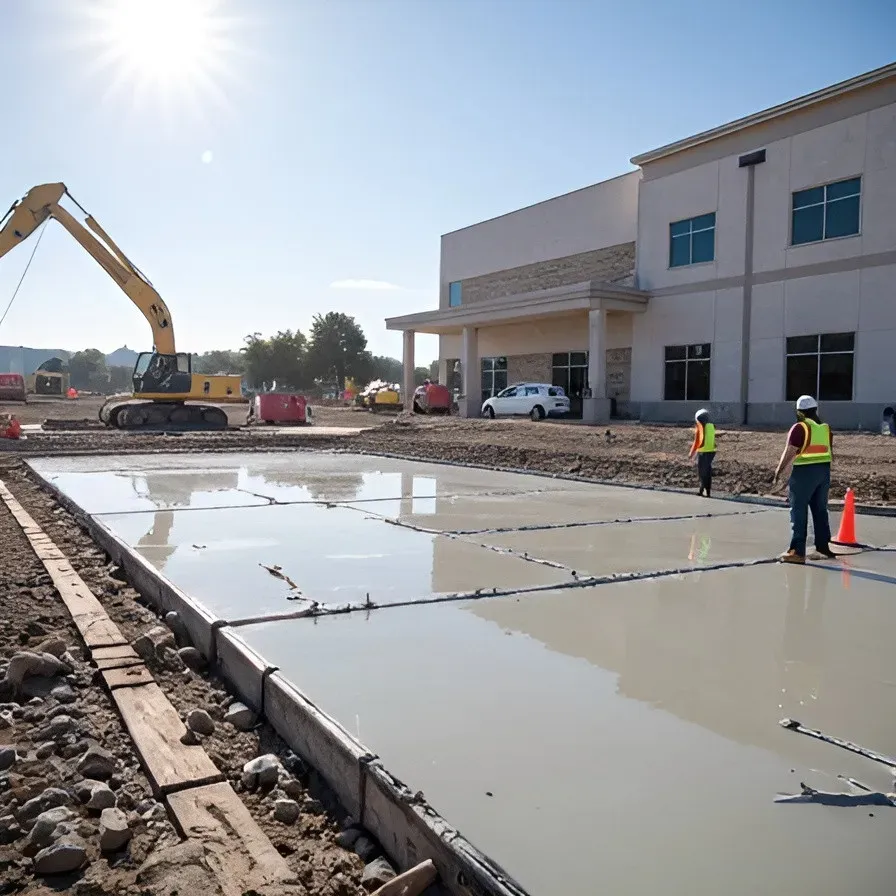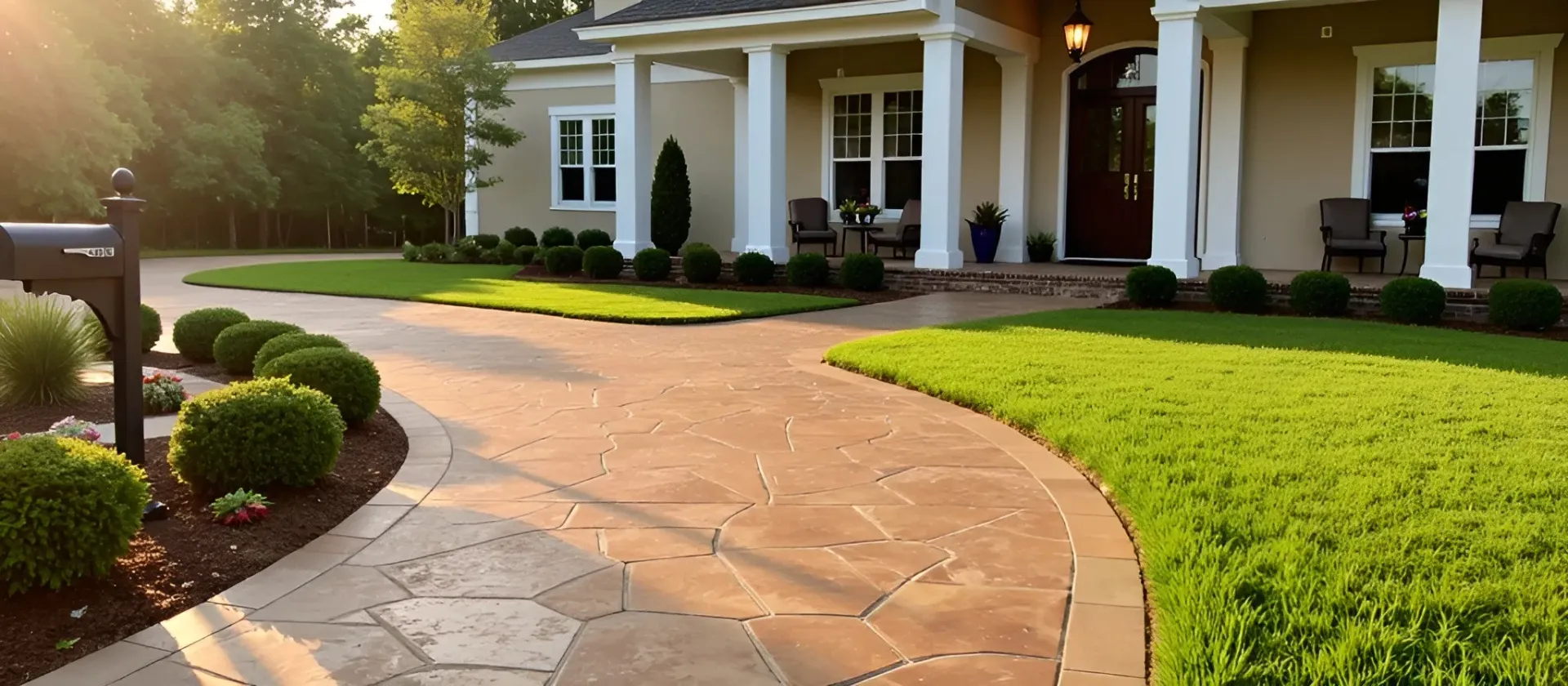The Role of Fiber Reinforcement High-Strength Concrete in Baton Rouge LA
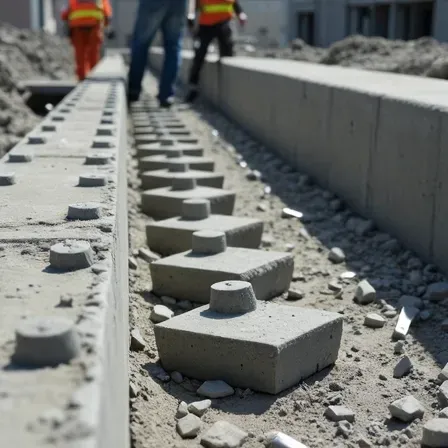
Concrete is everywhere. Roads, buildings, bridges, you name it. But even the strongest concrete has a weakness. It cracks. And once cracks start, they spread fast. That’s where fiber reinforcement steps in. Tiny fibers, made of steel, glass, or synthetics, add strength. They stop cracks before they grow. They make concrete last longer. As a Top-Rated Concrete Company in Baton Rouge, LA, we know how critical fiber reinforcement is in building stronger, longer-lasting structures. But how do these fibers work? And why are they important for high-strength concrete? Let’s learn.
The Secret to Stronger Concrete
Boosting Compressive Strength
Concrete is great at handling weight. But it’s not perfect. Over time, heavy loads can cause it to crack and crumble. Fibers distribute stress evenly. They prevent weak spots from forming. Steel fibers take it up a notch. They boost the compressive strength of HSC. This makes concrete tougher against crushing forces.
A game-changer for skyscrapers and bridges. These structures face extreme loads for decades. Strong concrete means lasting stability. For more insight into how concrete handles stress over time, check out our guide on
Concrete Repair 101: Addressing Common Issues in Baton Rouge Structures.
Improving Tensile Strength
Regular concrete is weak in tension. It can’t stretch much without breaking. Fiber reinforcement changes that. Fibers work like tiny bridges inside concrete. They hold everything together under tension. When concrete is pulled apart, fibers keep it intact.
It’s used in tunnels and high-rises. Plus, industrial floors. These structures need serious tensile strength. Without it, sudden failures become a risk.
Enhancing Flexural Strength
Imagine bending a piece of chalk. It snaps easily, right? Concrete works the same way under pressure. Fibers help it bend without breaking. This makes it more resistant to flexural stress. A game-changer for projects like
concrete driveways in Baton Rogue, roads, and parking garages. Places where heavy traffic creates constant bending forces!
Engineers use fiber-reinforced HSC to make structures last. It helps them stay strong for decades. Major repairs become less frequent.
Increasing Toughness and Ductility
Toughness is key. It means a material can take a hit. And it won’t break easily. Ductility means it can bend instead of snapping.
Fiber-reinforced concrete is both. It absorbs impact and flexes under stress, reducing sudden failures.
This is especially useful in earthquake-prone areas. Spots where buildings need to withstand shifting ground. In these regions, fiber reinforcement can mean the difference. A difference between a structure that remains standing and one that crumbles.
Making Concrete Last Longer: The Durability Factor
Controlling Cracks and Shrinkage
As concrete dries, it shrinks. And when it shrinks, it cracks. That’s a problem. Shrinkage cracks can lead to water seepage. It also causes corrosion and long-term deterioration.
Fibers help by holding the concrete together at a microscopic level. That reduces shrinkage cracks. This keeps the surface smooth and strong over time. It also improves the aesthetic appeal of
stained concrete surfaces, preventing visible cracks from forming too soon.
Standing Up to Harsh Conditions
Concrete faces extreme conditions. Freezing winters, blazing summers, and corrosive chemicals. Fibers act as reinforcement. That makes concrete more resistant to temperature changes and chemical exposure. This is why fiber-reinforced HSC is popular. Especially in marine structures, tunnels, and industrial floors.
In cold climates, concrete expands. And it contracts with temperature fluctuations. Fibers help distribute these stresses evenly. That reduces the risk of cracking and spalling.
Similarly, in chemically aggressive environments like wastewater treatment plants, fibers prevent premature degradation of the concrete matrix. Learn more about concrete’s resilience by reading our article on
The Importance of Proper Concrete Sealing in Baton Rouge.
Choosing the Right Fibers for Longevity
Not all fibers are the same:
- Steel fibers add maximum strength. They’re perfect for heavy-duty projects. Think airport runways and military structures.
- Synthetic fibers work differently. Polypropylene and nylon boost flexibility. They also cut down plastic shrinkage cracks.
- Glass fibers fight corrosion. They’re great for harsh environments. Moisture and chemicals won’t break them down.
Engineers pick fibers carefully. They match them to stress levels and conditions. This keeps concrete strong and long-lasting. Top concrete design trends by experts in Baton Rouge now heavily factor in fiber technology for both performance and aesthetic purposes.
Using Fiber-Reinforced Concrete the Right Way
Getting the Mix Right
Adding fibers isn’t as simple as tossing them in. The mix has to be just right. Too many fibers. And the concrete becomes hard to work with. Too few. And you don’t get the full benefits. Engineers carefully adjust the mix to balance strength, workability, and cost.
The fiber dosage, typically measured in kilograms/cubic meter, must be optimized to achieve the desired performance without compromising the workability of the concrete.
Handling and Placing Fiber Concrete
Fibers change how concrete behaves. They can make it harder to pour and finish. Special techniques and equipment help ensure a smooth, even application.
Contractors use vibrating screeds. They also rely on power trowels. These tools help consolidate fiber-reinforced concrete. Mixing and placement matter. They must be done right for the best results. Big projects need extra precision. Automated batching systems help. They keep fiber distribution even in the mix. You can explore more in our article on
how Baton Rouge concrete contractors handle different project sizes.
Weighing Costs and Benefits
Fiber-reinforced concrete costs more upfront. But it saves money over time. Less maintenance. Fewer repairs. A longer lifespan. It all adds up to big savings.
Many large projects choose fiber-reinforced HSC. Its durability makes it worth it. The initial cost is high. But lifecycle savings make up for it. That’s why it’s a top choice for long-lasting infrastructure. If you’re planning a build, see our
concrete service pricing breakdown to understand how fiber reinforcement fits your budget.


